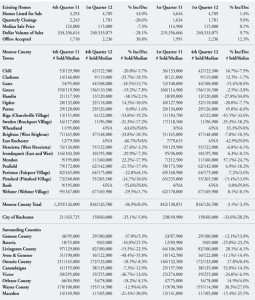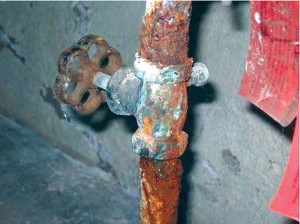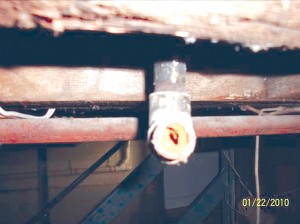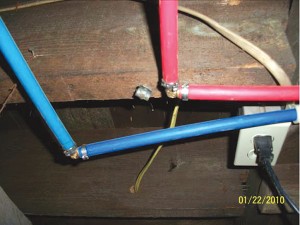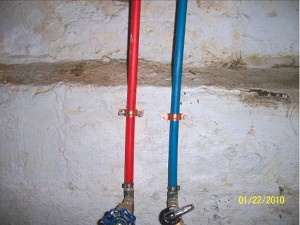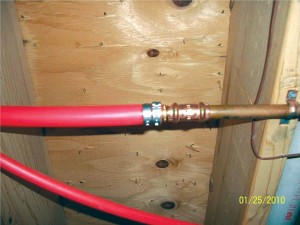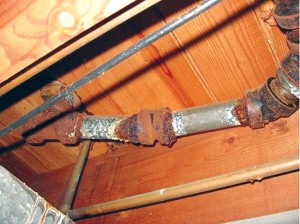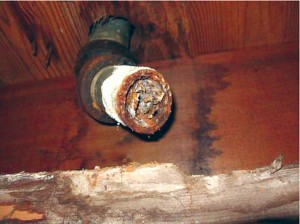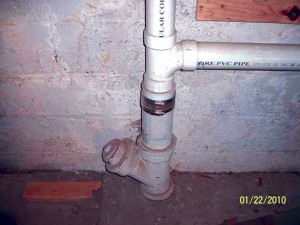By Rich Levin
I
Self Discipline is not necessary.
I
What!!! That’s ridiculous. Every success book and successful person is lauded for profound self discipline. In Jim Collins famous book, “Good to Great” one of his basic concepts to become a great company is a “Culture of Discipline.” But when you read the Collins book you find that he distinguishes between discipline through sheer force and discipline through focus and commitment.
I
Self discipline is not necessary when you have sincere self motivation. What’s the difference? Imagine a sales person who knows that they need to make a certain number of calls each day. They set the time and place to make the calls. They get the list of names and practice scripts. Then they force themselves to show up and call. Most people don’t get started doing this. Most of ones who start, quit quickly. Most of the ones that keep it up don’t keep it up for long. The few who keep it up for a while seldom stick with it.
I
Contrast that with the salesperson that has compelling goals; for their loved ones, for charity, for personal wealth, possessions, and/or travel. Contrast that with the salesperson who has always been a winner; the salesperson that grew up so poor that they remember seeing their father crying because he could not provide for his family. All of these salespeople are motivated internally. They will develop habits and practices that will lead to high levels of success that arise out of focus and commitment.
I
One leads to breakdown; the other to empowerment.
I
Self discipline is external, a threat or promise that one forces on themselves. It creates fatigue. It wears off as soon as the threat or promise weakens. For most who stick with it, keeping up the threat or promise over the long term eventually leads to breakdown.
I
Self motivation is internal, a desire that one holds dearly. It creates excitement and energy. It sticks with you in a comfortable, enjoyable and very natural way. As one accomplishes results they feel empowered to make permanent changes that sustain success.
It does take one, two, and three.
I
How do you create this kind of self motivation? Can you create it? Or does self motivation have to come naturally?
I
You can create it. First you need to have clear, measurable, and time bounded goals. Second you need to get clear on why those goals are important to you at an emotional level. For example, a Real Estate Agent sets a goal to earn $100,000 per year and does a good job breaking that down to monthly goals and a weekly focus. He or she then asks themselves why that is important to them. The first answer is, “to pay bills.” But that answer does not rouse an emotion. It is true and can lead to the emotional reason when he or she answers the following question.
I
The second year that you earn that $100,000 and the bills are paid, then, what will that income do for you? The answer is, “I’ll finally put some money into savings and a retirement account.” This is also true and still not emotional. One more time, the third year, once there is money in those accounts and you are confident it will continue, what will that do for you? The answer, “Wow I’ll feel free.” As the person continues there is a deep sigh. Tension that the person didn’t even know was in their body begins to be released. Words begin to flow quickly. “I’ll replace the floor on my kitchen that has holes in it. I’ll buy a new car and stop worrying that the price of gas means I can’t go to the movies. I’d be able to go visit my granddaughter out of town whenever I want.” And the tears begin to flow as the combination of relief and anticipation are realized and felt.
I
That is the first two steps to self motivation, clear, measurable, time bounded goals and a compelling reason to achieve them. The third step is ongoing. It can be done with pieces of paper, pictures on the wall, a screensaver, or any other reminder of that emotional reason. The third step is to constantly and continuously associate that compelling reason with the goals.
I
This process, like many of the best things in life, is simple but not easy. It is not complicated but it may take weeks, and months, for some years to get clear on the reasons. It helps to have help.
I
Over the past twenty years I have been extraordinarily fortunate to have coached many people to levels of success beyond what they ever thought was possible. I am always left with the feeling that I really didn’t do anything. They did it themselves. Because once a person is in touch and continuously aware of their most compelling reasons to succeed; then the skills and tools; the habits and systems that they learn from me are easy for them to implement. They are quick to stick with what works, abandon what does not work, focus on Clients that are worth their time and rigorously stop working or not begin to work with time wasters.
I
What do you want; whatever is your business, profession, career, pursuit, passion, or job? Why is it important to you? How do you measure the success of it? Who is there to help you select the best methods, habits, and systems?
I
The career you imagine and the life you imagine may be closer than you think.
I
Rich Levin is a coach and teacher whose Clients often achieve extraordinary success. You can experience Rich’s work for free on his 15 minute coaching webinars weekday mornings by going to www.FreeCoachingWebinars.com and click on “Free Registration”, or listen to the recording each weekday by clicking on “Play Today’s Webinar”. If you would like to discuss coaching with Rich, contact him at 585-244-2700 or Rich@RichLevin.com.
